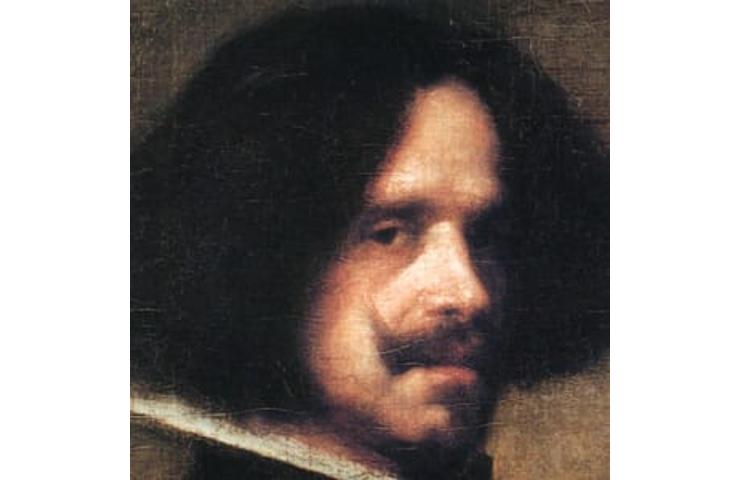No products in the cart.

Painter (c. 1599–1660)
Diego Velázquez was a 17th century Spanish painter who produced “Las Meninas” and many renowned portraits as a member of King Philip IV’s royal court.
Synopsis
Spanish painter Diego Velázquez was born circa June 6, 1599, in Seville, Spain. Although his early paintings were religious-themed, he became renowned for his realistic, complex portraits as a member of King Philip IV’s court. In his later years, the Spanish master produced a renowned portrait of Pope Innocent X and the famed “Las Meninas.” He died on August 6, 1660, in Madrid.
Early Years and Development
Diego Rodríguez de Silva y Velázquez was born in Seville, Spain, circa June 6, 1599. At the age of 11, he began a six-year apprenticeship with local painter Francisco Pacheco. Velázquez’s early works were of the traditional religious themes favored by his master, but he also became influenced by the naturalism of Italian painter Caravaggio.
Velázquez set up his own studio after completing his apprenticeship in 1617. A year later, he married Pacheco’s daughter, Juana. By 1621, the couple had two daughters.
Royal Patronage
In 1622, Velázquez moved to Madrid, where, thanks to his father-in-law’s connections, he earned the chance to paint a portrait of the powerful Count-Duke of Olivares. The count-duke then recommended Velázquez’s services to King Philip IV; upon seeing a completed portrait, the young king of Spain decided that no one else would paint him and appointed Velázquez one of his court painters.
The move to the royal court gave Velázquez access to a vast collection of works and brought him into contact with important artists such as Flemish baroque master Peter Paul Reubens, who spent six months at the court in 1628. Among Velázquez’s notable works from that period were “The Triumph of Bacchus,” in which a group of revelers falls under the powerful spell of the Greek god of wine.
Velázquez traveled to Italy from June 1629 to January 1631, where he was influenced by the region’s great artists. After returning to Madrid, he began a series of portraits that featured members of the royal family on horseback. Velázquez also devoted time to painting the dwarves who served in King Philip’s court, taking care to depict them as complex, intelligent beings. Along with his painting duties, Velázquez undertook increasing responsibilities within the court, ranging from wardrobe assistant to superintendent of palace works.
Velázquez made a second trip to Italy from 1649 to 1651. During this time, he was given the opportunity to paint Pope Innocent X, producing a work that is considered among the finest portraits ever rendered. Velázquez also produced a portrait of his servant, Juan de Pareja, which is admired for its striking realism, and the “Venus Rokeby,” his only surviving female nude.
Later Years
Velázquez returned to his portraiture after rejoining the Madrid court, his technique more assured than ever. In 1656, he produced perhaps his most acclaimed work, “Las Meninas.” In this snapshot-like painting, two handmaidens dote on future empress Margarita Theresa while Velázquez peers from behind a large easel, ostensibly studying the king and queen, though his gaze meets the viewer’s.
In 1658, Velázquez was made a knight of Santiago. After being tasked with decoration responsibilities for the wedding of Maria Theresa and Louis XIV, Velázquez became ill. He died in Madrid on August 6, 1660.
Velázquez is remembered as one of the great masters of Western art. Pablo Picasso and Salvador Dali are among the artists who considered him a strong influence, while French Impressionist Édouard Manet described the Spanish great as “the painter of painters.”


